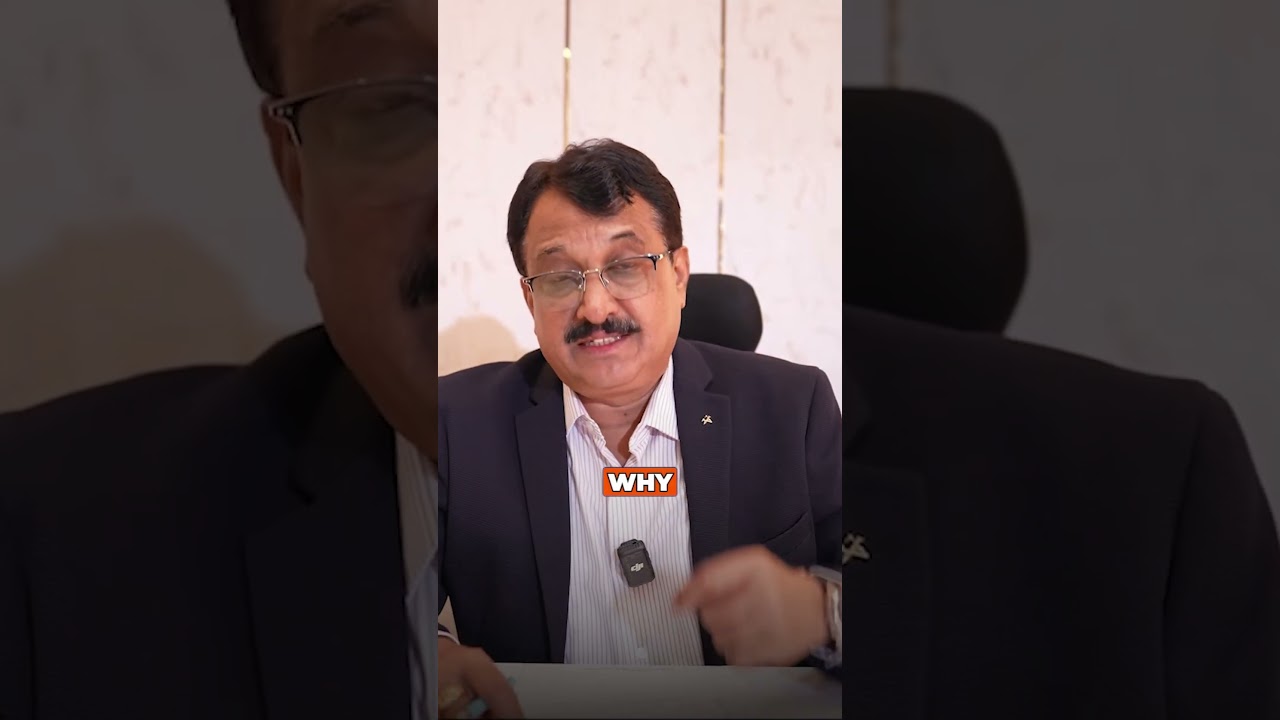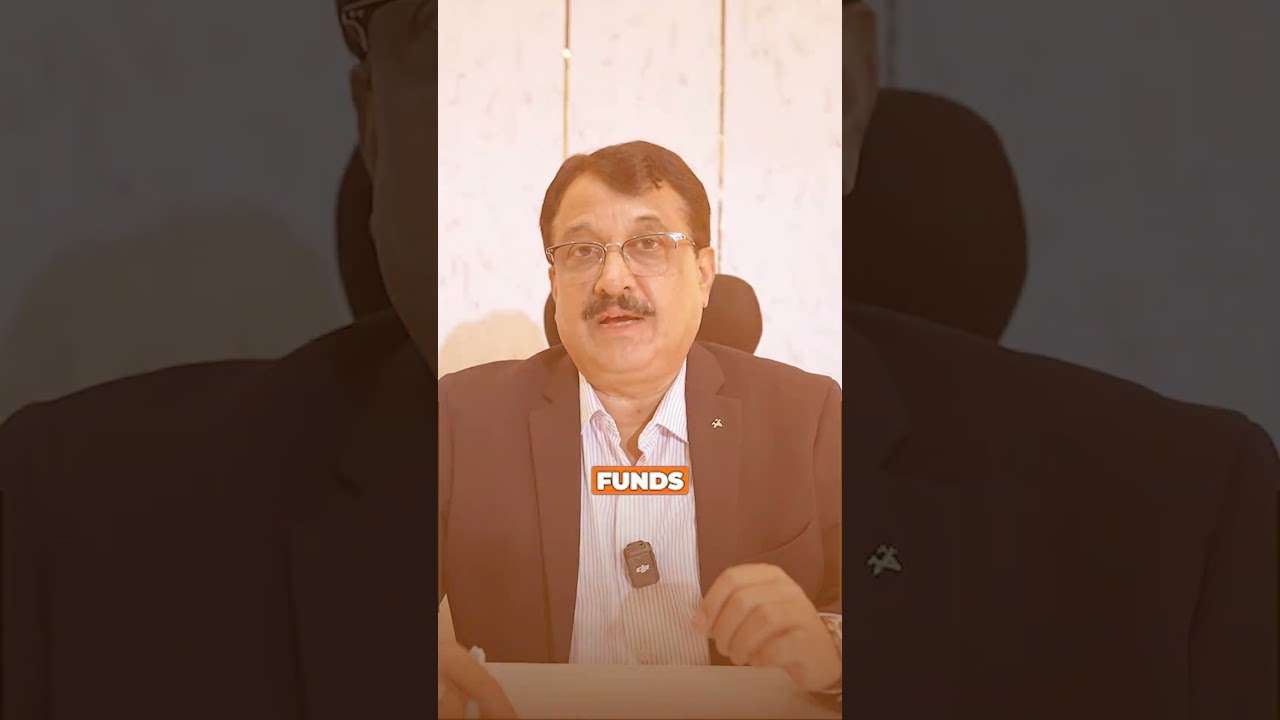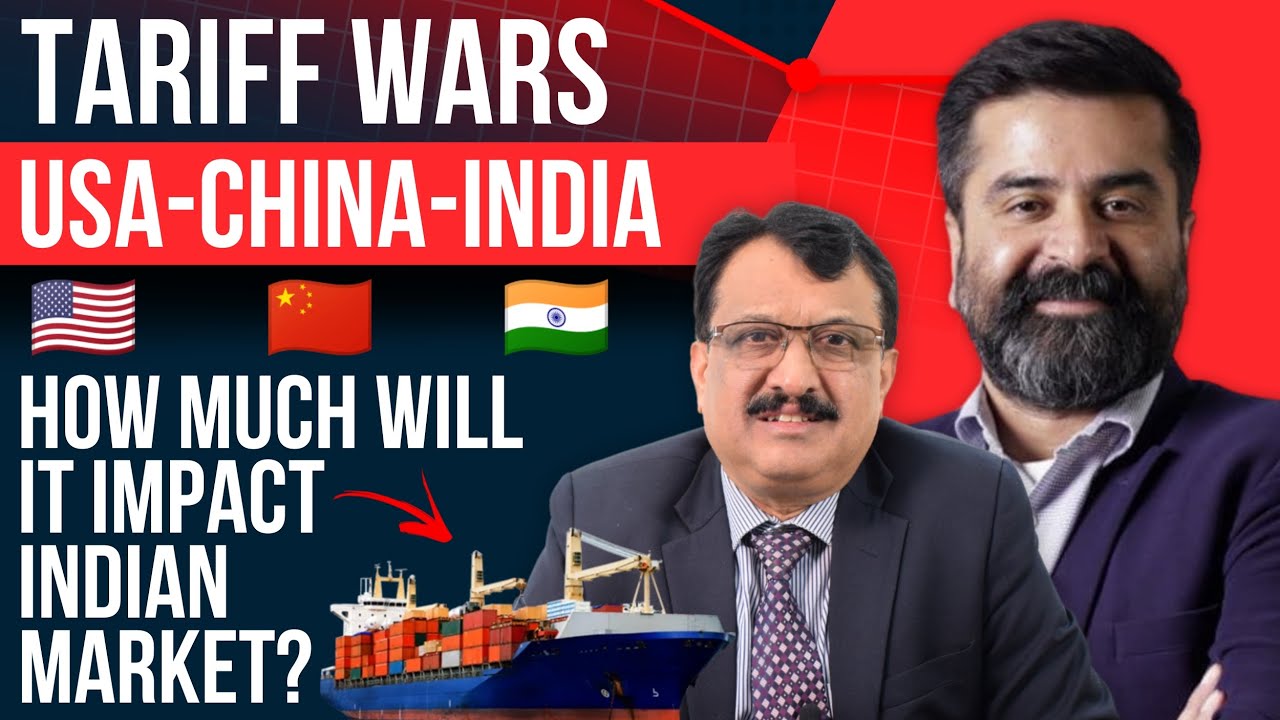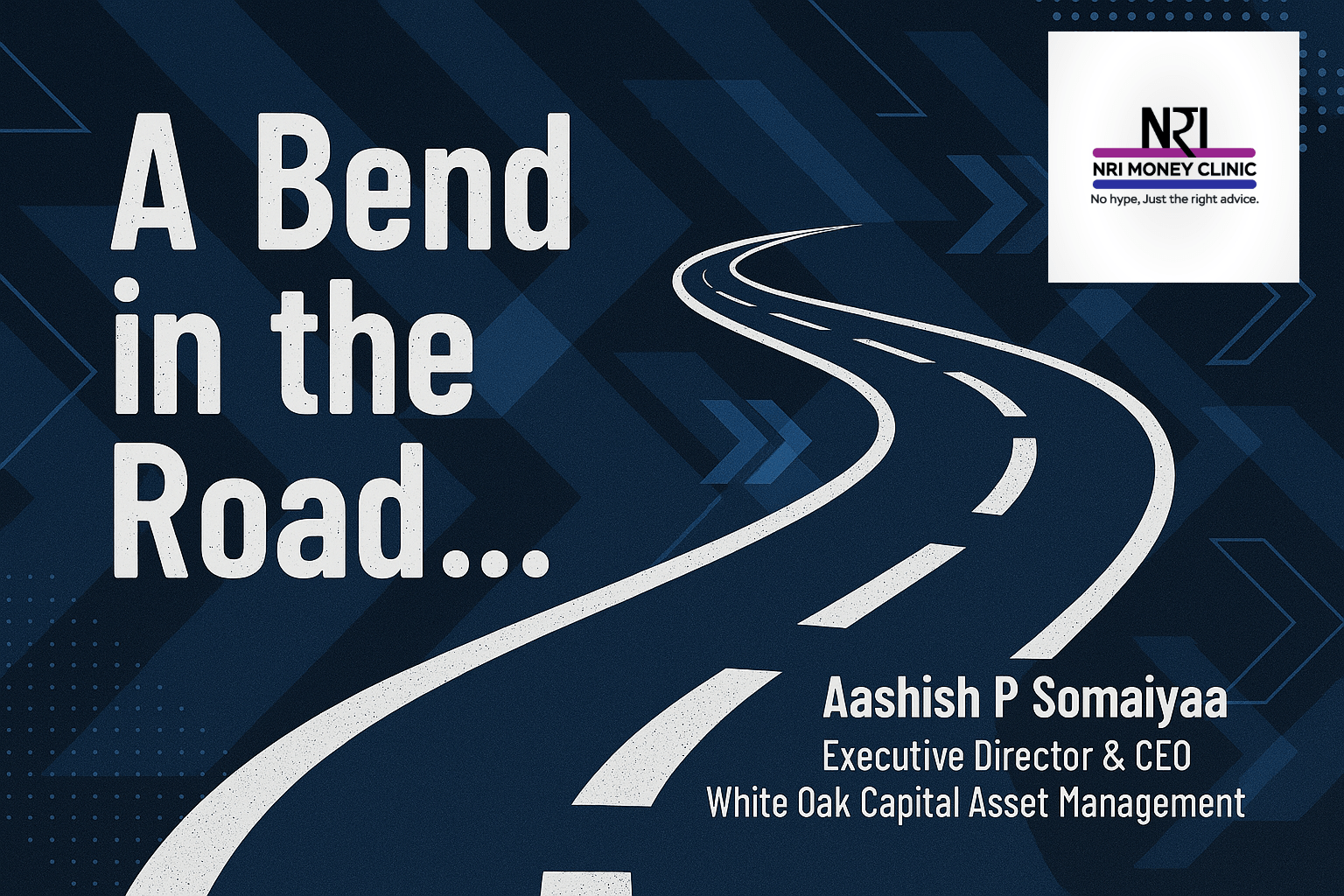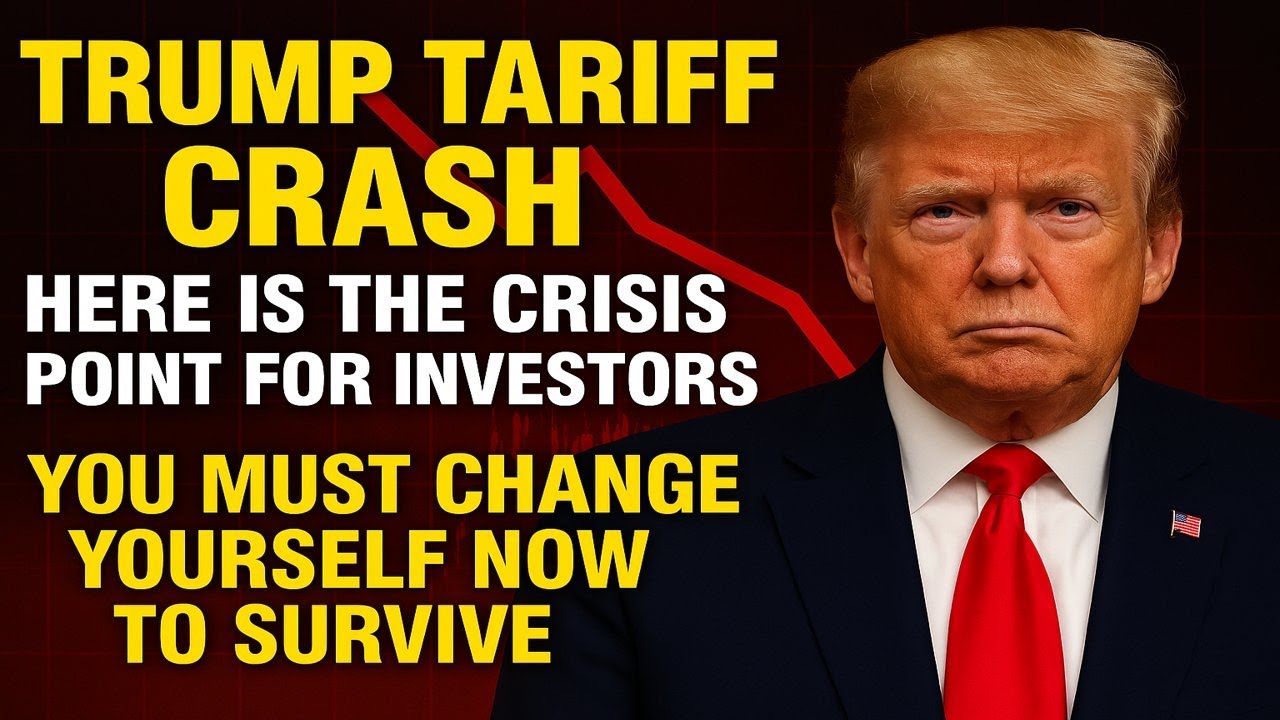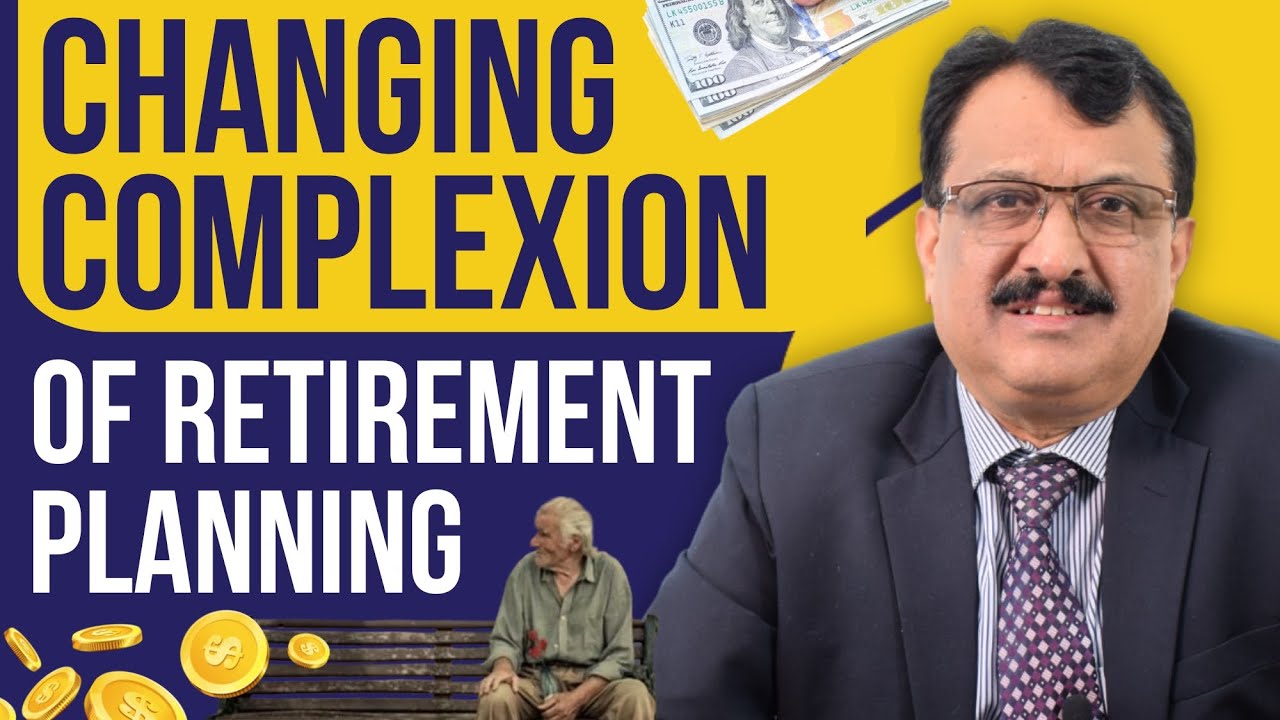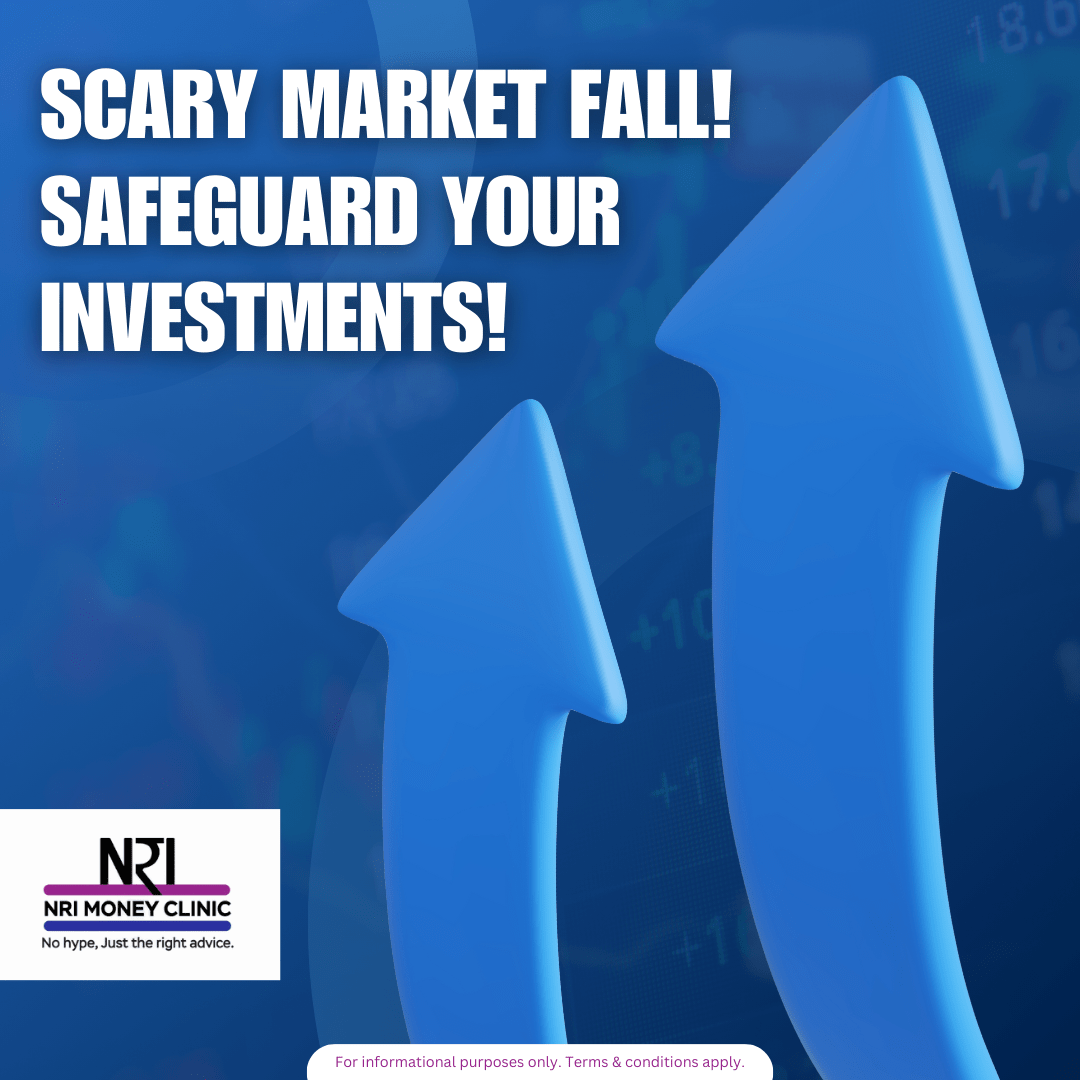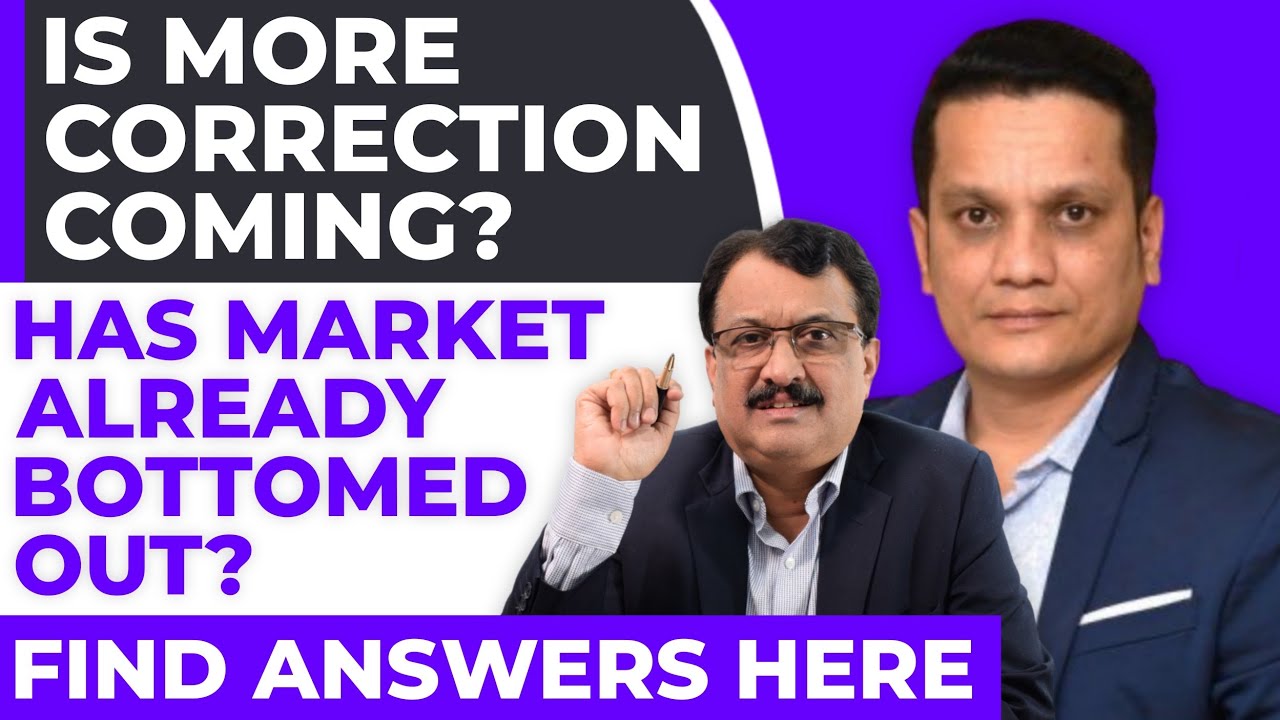The Nature of Markets: Predictably Unpredictable
Over the last 25 years that I have experienced in asset management, one truth has never
changed; markets are full of surprises. You think they’ll rise, they fall. You fear they’ll crash,
they rally. Many investors try to “figure it out,” hoping for some formula or certainty. But the
truth is: markets are not machines with defined inputs and outputs. They are living
ecosystems, influenced not just by earnings and interest rates, but by human behavior—full
of emotion, psychology, and reactions to the unknown.
When I say “a bend in the road is not the end of the road,” I don’t say it for dramatic effect. I
say it because it is a deeply profound way to look at investing. A bend doesn’t signal the
journey’s over—it signals a change in direction, a moment to stay alert, not panic. It’s during
these moments of uncertainty that true resilience and adaptability are tested—and often
Rewarded.
Bends Are Features, Not Flaws
Let’s be honest—if there were no bends, there would be no roads. A road that’s perfectly
straight and unchanging doesn’t exist and if it were, we would give up on such a journey out
of sheer boredom or the feeling of being directionless and getting nowhere at the end of an
what seems like an endless journey. Just like in life, in the markets too, change is constant.
The problem is, we often see bends as something to fear rather than something to navigate
and possibly find key milestones around the corner.
Just imagine if an ECG showed a flat line—it would be a cause for alarm. Similarly, a market
without volatility, without ups and downs, is either dead or manipulated. Volatility, like the
curves in a road or the waves in an ocean, is a sign of vitality.
Markets Swing Like a Pendulum, Not a Line
People often visualize markets as moving in straight lines: up = good, down = bad. But that’s
not how markets work. A more accurate model is the pendulum. When it swings far to one
side, it stores energy. The further it goes in one direction, the stronger it swings to the other.
In investing, this shows up when everyone is euphoric—returns become compressed, and
risks are high. When everyone is fearful — values become compelling, and the potential for
future returns improves. But few see it that way at that moment.
Stop Seeking Absolutes—Learn to Think in Probabilities
We live in a world where people demand clarity: “Will the market go up or down?” “Which
fund is best?” Unfortunately, in the world of investing, there are no certainties—only
Probabilities.
I often joke that human beings are deterministic—they want clean, binary answers. But the
world operates in shades of grey. We want black-or-white answers to questions that don’t
have them. In reality, the successful investor is not the one with absolute clarity,
but the one who is open-minded and probabilistic.
Behavior Trumps Knowledge
It may surprise you to know that the Nobel Prize in economics has been awarded—thrice —
not for theories of interest rates or supply and demand, but for studying human
behavior. Why? Because investing is not an academic exercise. It’s an emotional one. The
stock market is the longest running live experiment to study human psychology.
In March 2020, many investors were convinced that the world was ending. Everything
pointed to doom. The market collapsed over 35% in just weeks. Yet, the ones who kept a
window open in their mind to possibility, who reminded themselves of humanity’s ability to
adapt, were the ones who built wealth.
Fast forward to late 2021, and the mood had completely reversed—now it was “Amrit Kaal.”
Same people, same world—radically different outlooks. Why? Because moods swing. We are
emotional beings, and markets reflect that.
You Don’t Need Perfect Timing—You Need Participation
Here’s something from my early days in Mumbai: If you want to go from Goregaon to
Churchgate at 7:30 AM, you won’t get the perfect train to get your fast to Churchgate, most
fast trains don’t stop there and any that do are over-crowded. Sometimes you board the train
that goes in the opposite direction first, get a seat at Borivali, and then continue to head in
the right direction more comfortably and assured of safe arrival at the final destination.
In investing too, the perfect entry point doesn’t exist. Markets don’t toot a horn before going
up. If you’re waiting for the ‘right moment,’ you might just miss the train altogether.
The Escalator Metaphor: Wealth Creation is Frictionless, If You
Stay On
If you simply step onto an escalator, you rise. Our economy is like that—over the long
term, GDP grows, earnings grow, and markets follow. If you had done nothing and stayed
invested since liberalization, your wealth would’ve doubled every 5–6 years on average
Yet, how many people actually double their money every five years?
Why don’t more people benefit from this upward movement? Because they jump off. They
overthink. They fear. They wait. Or worse, they try to come down the escalator that is moving
up. When markets don’t move or move down for a bit, people think they will get off and get
back later. When markets rise people show the urge to rise faster.
The Wiper Effect: Chasing What Worked Yesterday
Many investors behave like windshield wipers. They swing from one side to the
other—buying what’s worked recently, only to abandon it when it stops working.
Last year, pharma was hot. Before that, it was PSU banks. This year, it might be autos or
defence. Every time you chase the latest winner, you risk arriving late. The best-performing
sector or fund of the past often underperforms going forward.
What you should really seek is consistency, not peak performance. Find managers,
funds, and strategies that steadily do well—not the ones who are only occasionally at the top.
Investing and asset allocation is about optimizing, it is not maximizing. Often, Mr. Market
minimizes people who try to maximize. So optimize, that’s the way to stay in the game and
reach your goals.
Compression Builds Energy—Like a Spring
When prices fall, investors panic. But just like a compressed spring stores energy, a
falling market sets the stage for outsized returns. A well-diversified, fundamentally strong
portfolio that has fallen in price hasn’t lost its intrinsic value.
In fact, it has become more valuable. This is not theory—it’s physics.
Real Intelligence? Holding Two Opposite Ideas at Once
F. Scott Fitzgerald once said, “The test of a first-rate intelligence is the ability to hold two
opposed ideas in the mind at the same time, and still retain the ability to function.”
That’s what investing demands. Can you believe that things look bad today—but still imagine
that they’ll improve? Can you recognize risks—without being paralyzed by fear? That’s what
it takes.
Final Thoughts: Don’t Seek Clarity, Seek Preparation
Many investors ask their advisors for clarity: “Tell me what will happen.” But no one can.
What a good advisor can give you is preparation, not prediction.
Markets will always surprise us—sometimes for the better, sometimes for the worse. The
right lesson to learn from surprise is not “Next time, I’ll be ready.” It’s “The world is
inherently surprising, and I will remain prepared for whatever comes.”
To the Long-Term Investor:
Markets move like a rising sine wave. Each dip feels like doom, but it’s part of the ascent.
Every past correction looks like a missed opportunity in hindsight, March 2020? Missed
opportunity in 2022? Perhaps April 2025 will be one too.
Don’t be the one watching from the sidelines. Don’t overthink the bend. Don’t chase, don’t
fear. Just stay on the road. Stay invested.
Because a bend in the road is not the end of the road—unless you are inflexible, sleeping at
the wheel and fail to turn.


